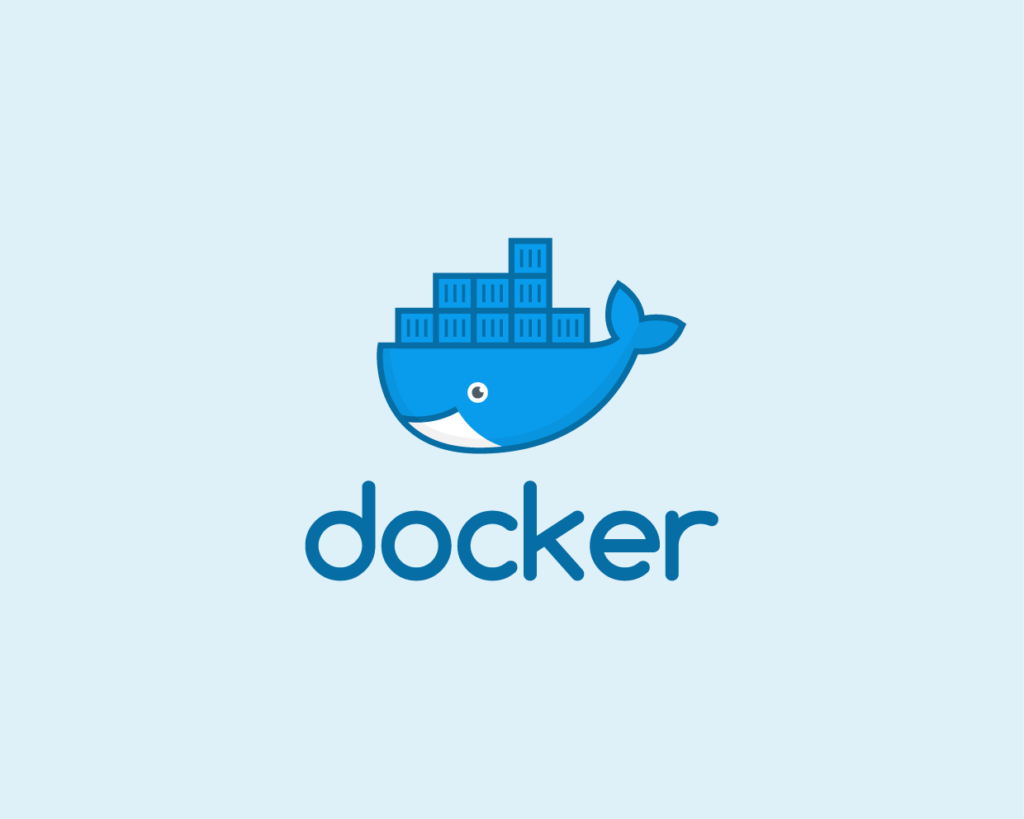If you’ve heard of MCP but aren’t sure what it actually does, you’re not alone. MCP, short for Model Context Protocol, is one of those terms that sounds technical—but has big implications for how developers, designers, and AI-powered platforms work together. And if you’re building modern web applications or working with AI tools, it’s something worth understanding.
MCP in Plain English
At its core, MCP is a universal protocol that allows AI models to interact with external tools in a consistent, reliable way. It acts like a translator or connector between large language models (LLMs) and real-world APIs, databases, or apps.
Think of MCP as the middle layer:
- On one side, you’ve got an AI model that understands natural language.
- On the other, you’ve got tools that require structured inputs to function.
MCP bridges the gap.
Why Does MCP Matter for Developers?
Until now, integrating AI into your workflow has often meant building custom bridges—connecting your app to a model, setting up APIs, handling messy inputs and outputs. MCP removes a lot of that pain.
With MCP, you can create tools once and make them accessible to any AI system that supports the protocol. This means:
- Less duplication of work
- Faster integrations
- Easier scaling of tools across platforms
Whether you’re working with ChatGPT, Claude, or another LLM, you don’t need to rewrite your logic or API wrappers. If it’s MCP-compliant, it just works.
Real-World Use Cases
Let’s say you’re a developer building a dashboard app. With MCP, you can let your AI assistant:
- Pull in live analytics from your database
- Create or update records in your CMS
- Send Slack updates based on user actions
All of this is possible with simple, standardized MCP servers. You’re no longer limited to copy/pasting between apps—AI can now do things for you, directly.
How Does MCP Work?
MCP defines how messages should be sent between the AI model (called the host) and your tool (called the server). It ensures that:
- The tool clearly defines what actions it can take
- The AI understands what’s available and how to call it
- Responses are structured in a way the AI can use
Developers build “MCP servers” that expose these tools, and LLMs use them just like a human would use an API—only now they do it naturally, in real-time.
Should You Care About MCP?
If you’re a developer, product manager, or digital creator working with AI tools, the answer is yes. MCP is gaining traction because it simplifies how AI connects with the tools we use every day. It’s open-source, well-documented, and designed to be easy to adopt.
MCP may be new, but it’s quickly becoming an important part of the AI stack. As models become more capable, protocols like MCP help them safely and reliably interact with the real world—your apps, your content, your workflows.
In short: MCP is here to make AI actually useful. Not just chatty—actionable.


